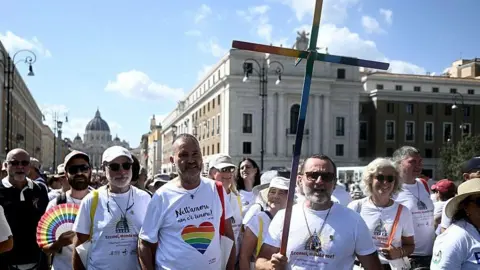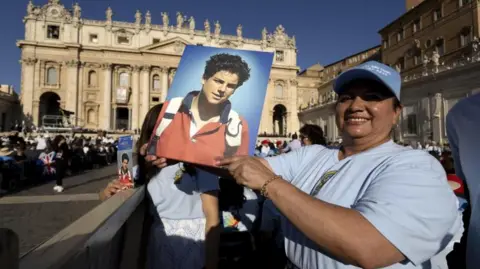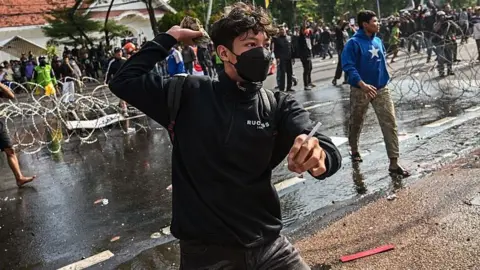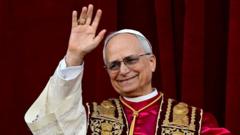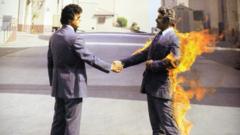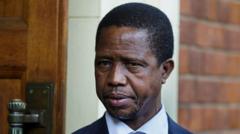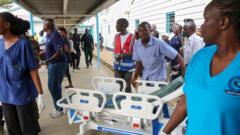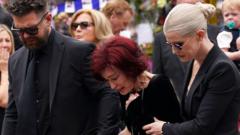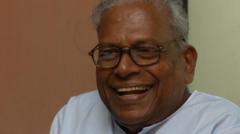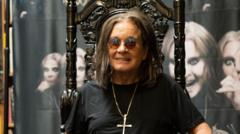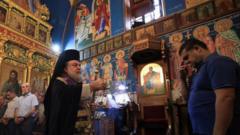Pope Francis, who passed away recently, had a profound influence on how papal funerals are conducted, emphasizing a more approachable and humble approach than his predecessors. On Wednesday, his body was moved from his residence at the Vatican guesthouse to the iconic St. Peter’s Basilica, where thousands of the faithful gathered to pay their respects. This moment starkly contrasted with the elaborate procession for Pope John Paul II in 2005, which involved grand displays of wealth and power typically associated with the Vatican.
Unlike past ceremonies that began under opulent settings, Francis' journey to the basilica started with cardinals engaged in silent prayer, embodying the pope's pastoral vision. His body, placed in an open coffin, was transported from the guesthouse—a simple walk under a clear sky. Inside the basilica, the coffin was positioned low, allowing attendees to easily approach and honor the late pontiff.
However, despite the simpler ceremony, the scale of the funeral remained significant. The number of cardinals present would potentially be greater than ever; currently, there are 252 cardinals in the Church, although not all may attend due to age or health reasons. This anticipated attendance reflects the enduring legacy and influence of Pope Francis, ensuring his funeral remains a moment of solemnity and grandeur in Catholic history.
Millions around the world will be able to witness the pope's final farewell, blending tradition with Francis’ vision of a church that prioritizes humility and connection with the people. Thus, while his funeral may differ in presentation from his predecessors, it will undoubtedly resonate with his lifelong mission of fostering accessibility within the papacy.









